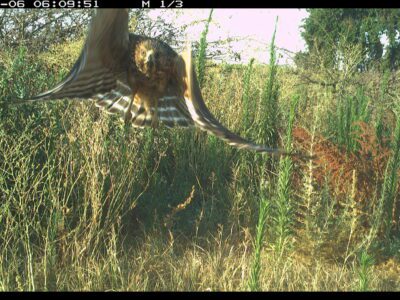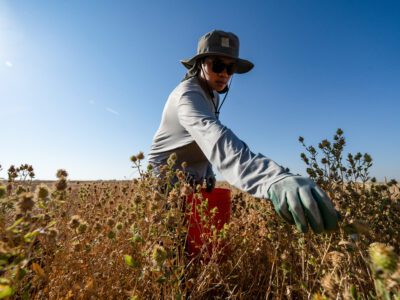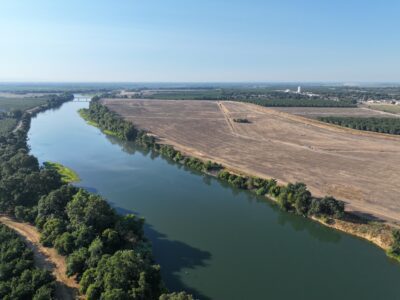The western monarch butterfly, once a common sight in California, has declined significantly in recent years. However, the most recent overwintering count shows a promising upward trend.
“Last year, I saw more monarchs than in the seven years I’ve been working in conservation,” says River Partners restoration biologist Kim Armstrong. “It’s fantastic to see these butterflies utilizing habitat we planted for them.”
Down to just 2,000 individuals in 2020, this year’s count soared to over 330,000 monarchs, a steady increase from the 250,000 counted in 2021. It’s the first time the count has reached over 300,000 in 22 years.
“These numbers are hopeful,” says Xerces Society conservation biologist Angela Laws. “There is still time to recover this species.”
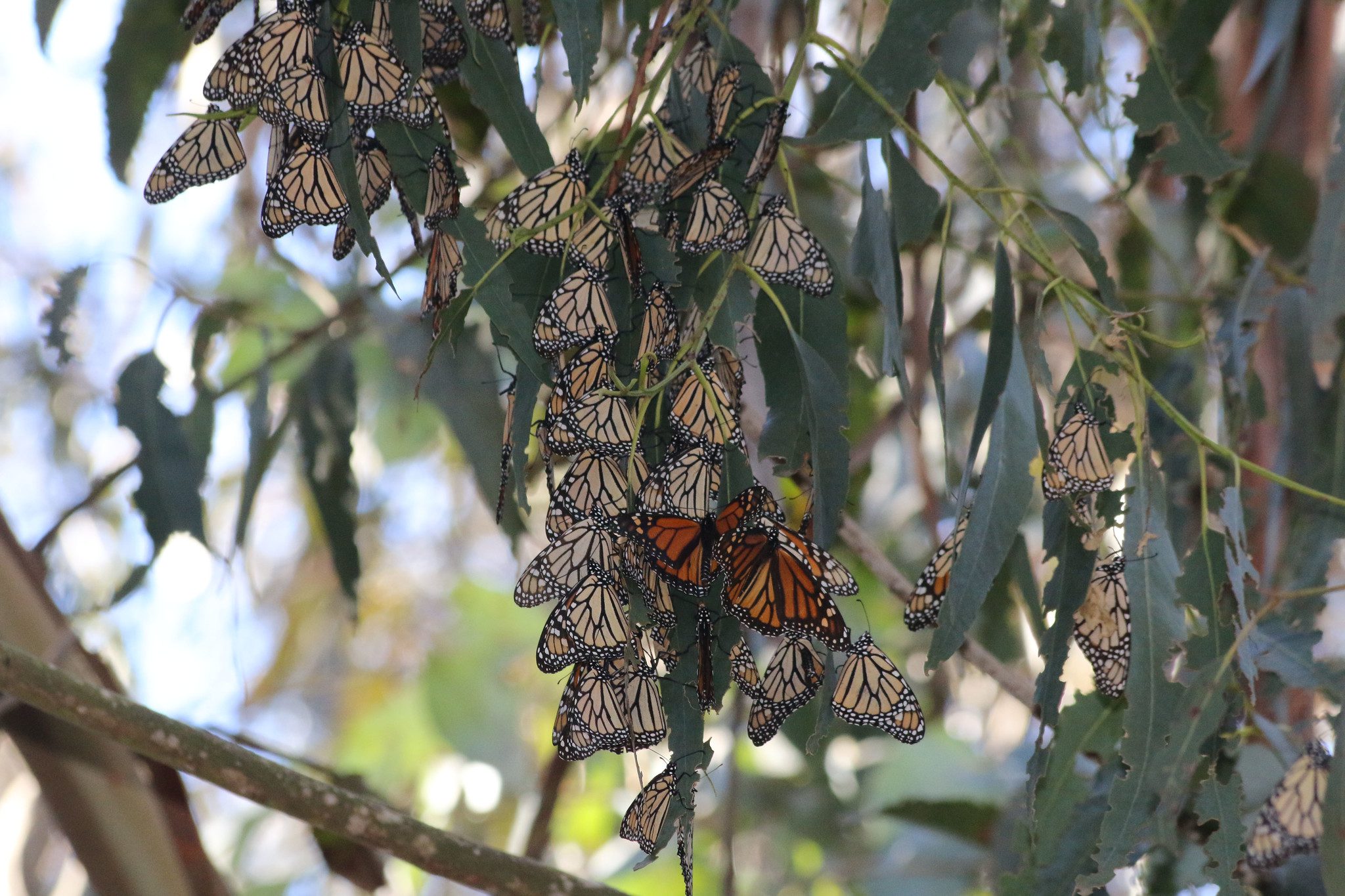
Historic restoration efforts support monarchs, and more
Since 2020, River Partners has helped lead historic efforts to reintroduce critical breeding habitat for monarchs, thanks to a $1.2 million dollar grant from the California Wildlife Conservation Board in 2020 and our partners, including the California Department of Fish and Wildlife, Xerces Society, and Washington State University. Together, we carried out the largest coordinated monarch habitat restoration effort in the western United States.
Through this effort, we’ve planted more than 30,000 native varieties of milkweed plants in priority breeding areas cross nearly 600 acres and eight sites in northern, central, and southern California. These plants are essential to the monarch’s lifecycle, providing nectar, and food.
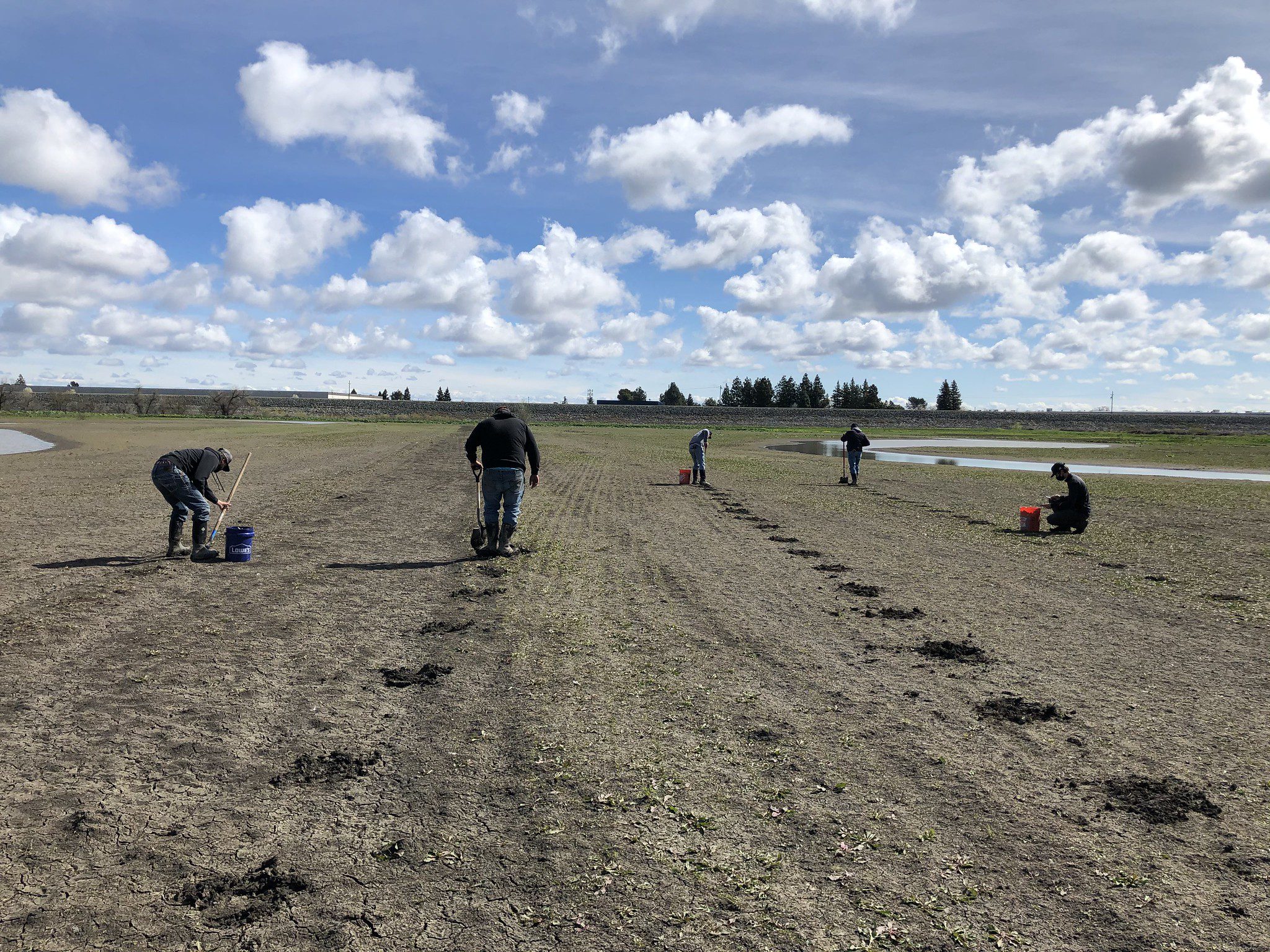
In the spring, monarchs leave the overwintering sites along to coast to migrate east. All eight restoration sites are in regions monarch conservationists have identified as a top priority for breeding habitat. That’s because these locations support the first generation of monarchs leaving overwintering grounds, where very little suitable habitat currently exists.
“Key parts of the monarch’s lifecycle are being supported by these restoration sites,” says Laws. “They weren’t able to breed there before, because there was no habitat for them.”
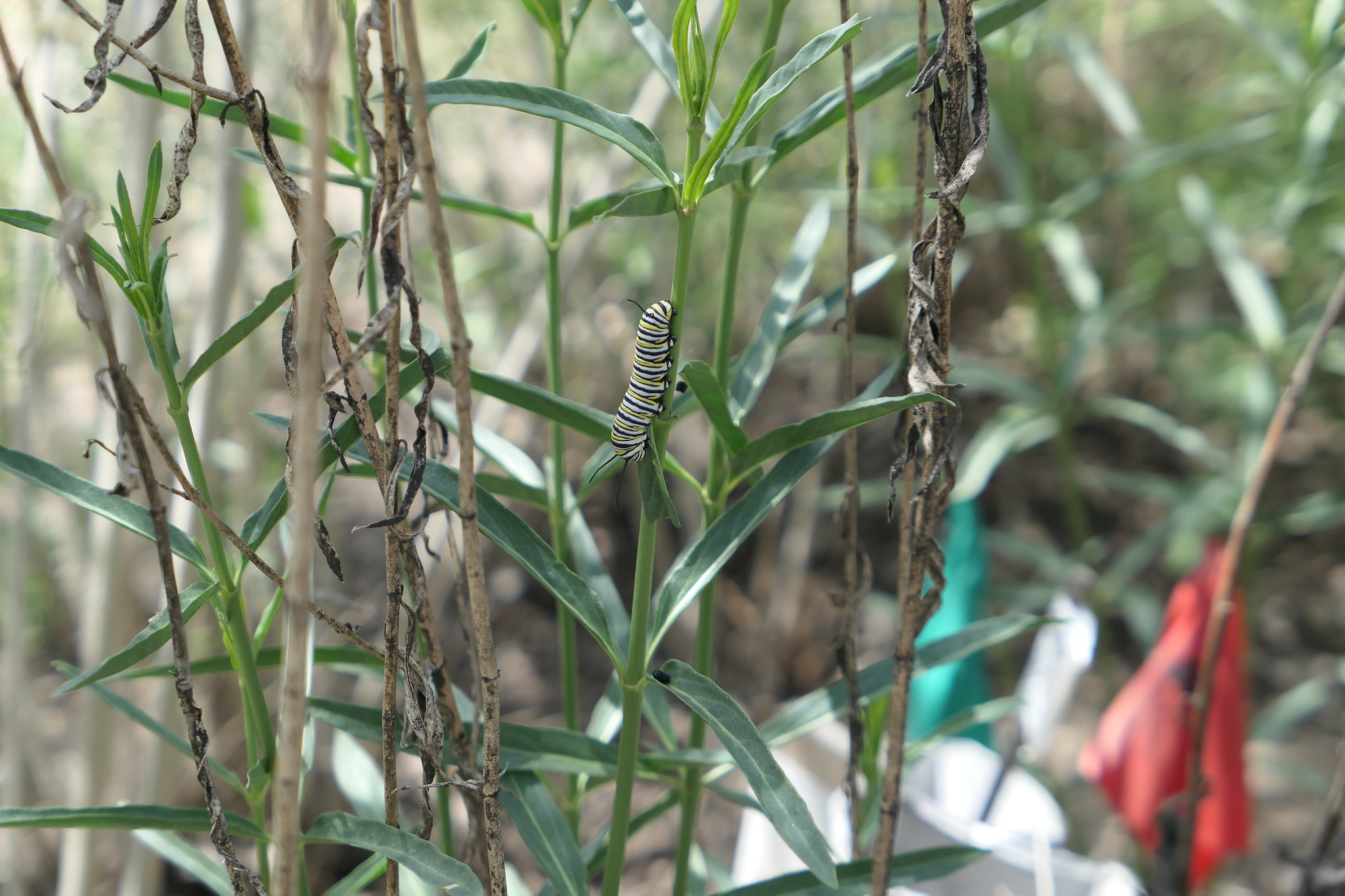
Monarch butterflies are a great indicator of what’s happening more broadly with other butterfly species in California, some of which are more imperiled than monarchs, according to Laws.
Monarch and pollinator conservation is an integral part of our restoration efforts at River Partners. Milkweed and other pollinator-friendly plants are incorporated into all our restoration projects across thousands of acres statewide.
“When we restore habitat for monarchs, we protect many different species.” says Laws. “We’re reaching beyond monarchs to protect many pollinators that are important, who enrich our lives.”
Shifting baselines and extreme weather
While we celebrate the encouraging numbers for monarchs and huge strides made in restoration, it’s important to remember that our perception of a “good year” has shifted considerably. Overwintering counts in the low millions were the norm as recently as the early 1990s, and it will take sustained efforts to restore both breeding and overwintering habitats.
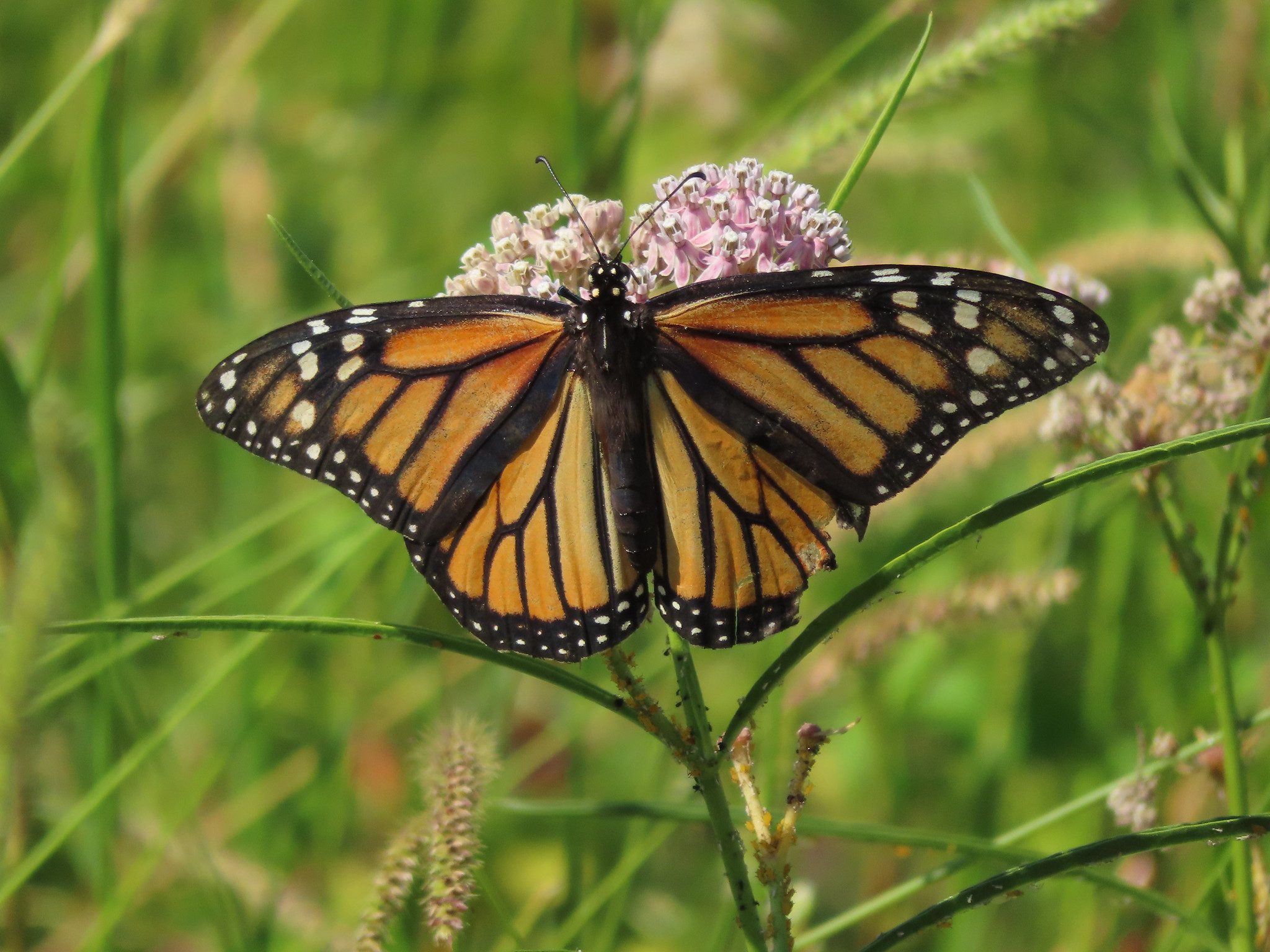
While these last two years of relatively high counts are inherently hopeful, we must continue our work to protect these species from threats that include development, pesticide use, and climate change.
For example, the severe storms that battered California in January can knock overwintering monarchs out of their clusters, leaving them vulnerable to exposure and predation. And variations in temperature can signal monarchs to leave overwintering sites too early when milkweed plants are still dormant.
“What if we had these intense storms two years ago, when monarch numbers were critically low?,” wonders Laws. “That could have been devastating. We need more habitat so they can withstand these extreme weather events.”
Supporting monarch habitat with local communities
In addition to implementing hundreds of acres of monarch habitat directly over the last three years, we’re proud to also provide pollinator plants for the Xerces Society Monarch Habitat Kits through our native seed and plant nursery, Heritage Growers.
“We supplied over 16,000 native plants in 2022, which will not only benefit monarch butterflies, but provide critical habitat for many pollinators,” says Heritage Growers Operations Manager Michele Ranieri.
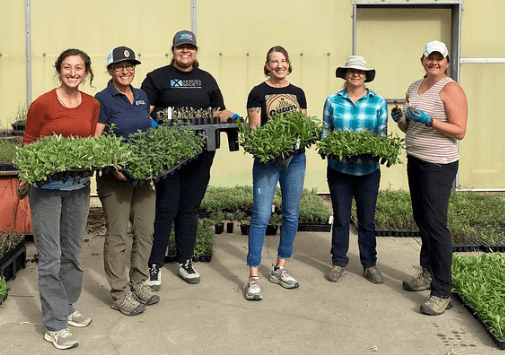
The kits were distributed to leads overseeing restoration on public, tribal, and working lands to support the wider creation of monarch habitat. These incredible community-based restoration efforts are key ways we can respond to increasing climate-driven weather whiplash. By creating havens of habitat, we can help buffer pollinators from the effects of droughts, wildfires, and floods.
Every little bit helps
This year’s overwintering count for western monarchs is a promising trend. While the cause of their rebound still needs to be studied more, we’re grateful for the hard work and dedication of our partners and supporters to continue restoring critical habitat for monarchs.
Laws says “every little bit” of work going into habitat restoration and other efforts helps. “We got a reprieve, and it gives us a buffer to continue to do the work we’re doing, so the species can recover.”

